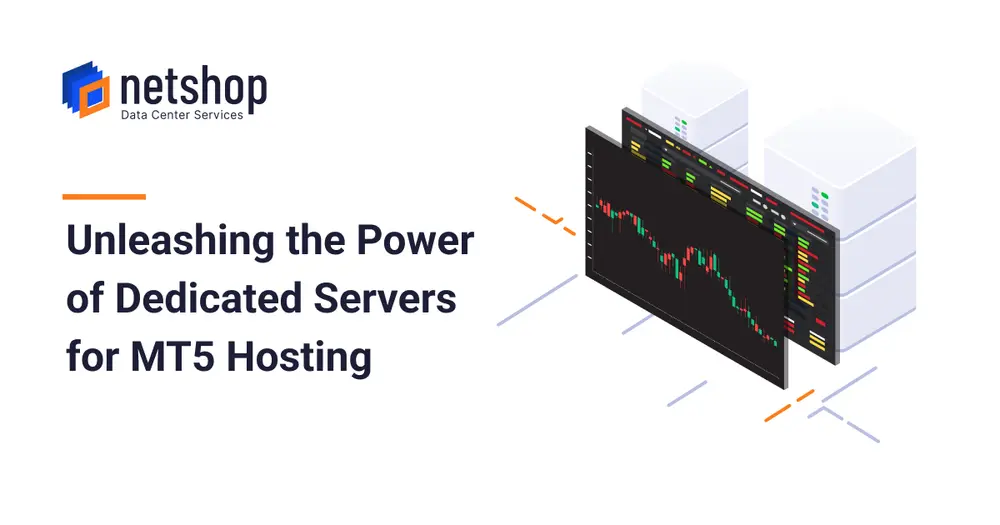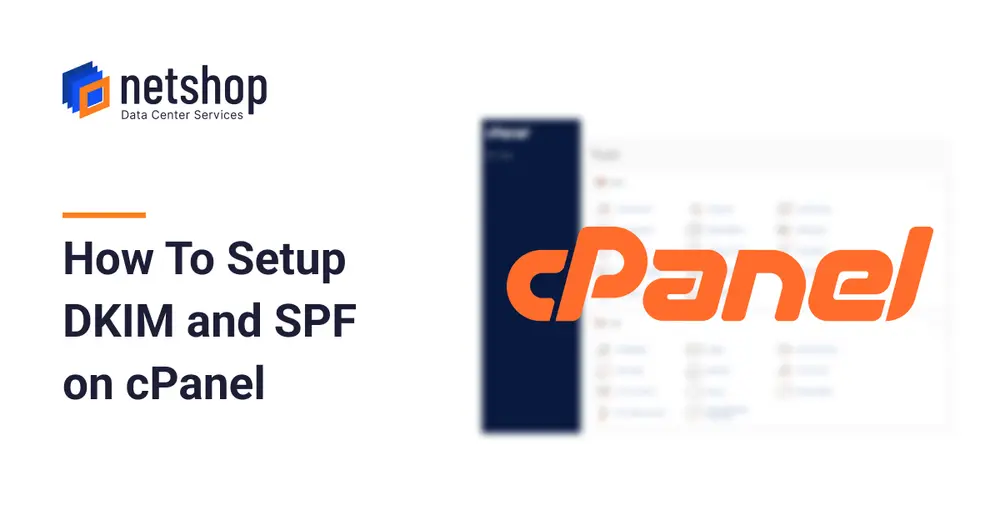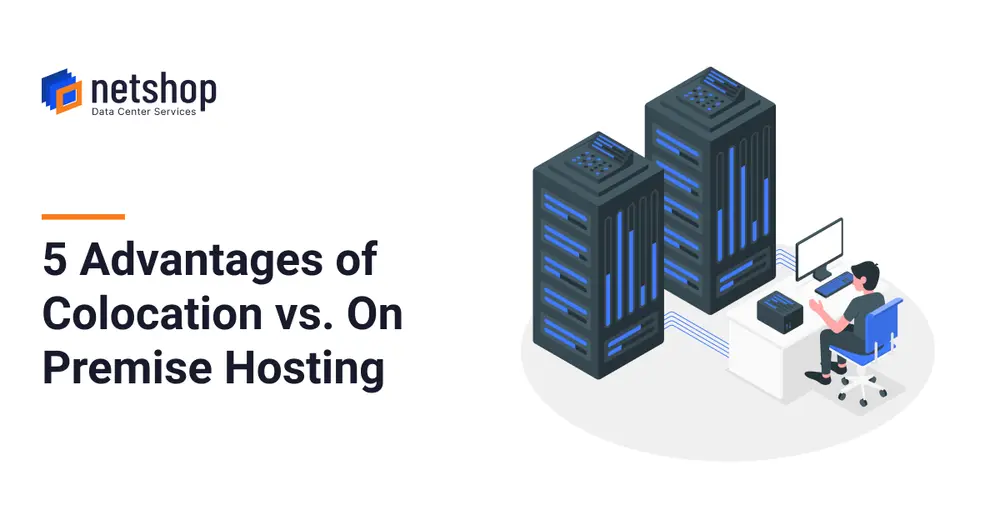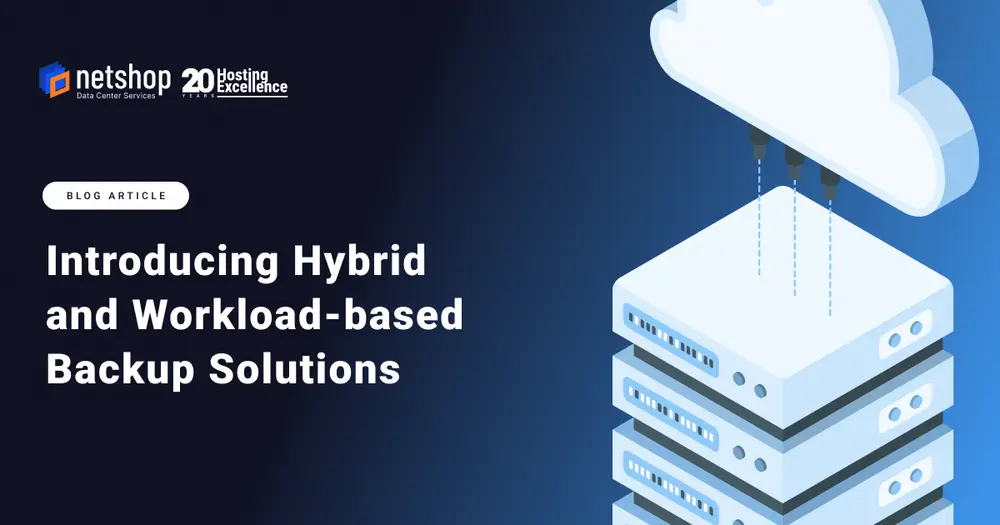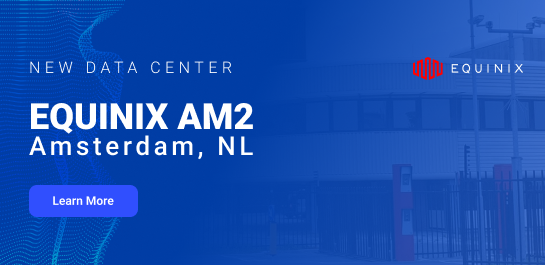Choosing between a bare metal server and a virtual machine can oftentimes be a difficult decision. Ultimately, the verdict boils down to which will work better for your overall business operations and align with your IT requirements. In this article, we’ll outline the key differences between a bare metal server and a virtual machine and compare the performance of each.
What is a Bare Metal Server
The term bare metal refers to the actual physical machine, otherwise known as a dedicated server or single-tenant server. As the name suggests, a bare metal dedicated server is dedicated to a single client (tenant), and is in no way shared with any other tenants, offering the user complete control over their server infrastructure.
What is a Virtual Machine (VM)
A Virtual Machine (VM) is created within a bare metal server via server virtualization, meaning one physical machine can run multiple virtual machines. In short, virtualization is a process that forms a software-based version of a computer, which allows multiple systems to share the same physical resources like RAM and CPU.
A comparison of Bare Metal vs. VM
Performance
When it comes to performance, generally speaking and without including other factors such as scalability and cost, a bare metal server performs consistently higher than a VM. A bare metal server is typically more powerful than a virtual machine due to resource dedication, making it a more reliable choice for resource-heavy applications.
Although a virtual machine is an isolated environment within a dedicated server with its own allocated resources, there are factors that may impact its performance. VMs face an initial decrease of performance from the installation of the hypervisor alone, as well as a potential drainage of communal resources from neighbouring tenants; these repercussions are known as the Hypervisor Tax and Noisy Neighbour Effect. With that being said, a VM can potentially perform better than a bare metal server at times, but with regard to overall consistency, a bare metal server far outweighs it in terms of performance.
Cost
Comparing the costs between a bare metal server and a virtual machine is somewhat tricky because the billing model for each one differs. In general, a bare metal server is the more expensive option of the two. In addition to performance, opting for a bare metal server also provides consistency in terms of pricing as you’re charged the same amount on a monthly basis, whereas the costs for a virtual machine may vary depending on the resources used within a given period. Overall, virtual machines are definitely the more cost-effective of the two and offer greater control and flexibility in terms of pricing, as well as scalability.
Security
Possibly one of the biggest concerns of those deciding between bare metal and virtual servers is security. Bare metal servers are generally considered the most secure of the two as they are single-tenant systems and therefore considered safer and more robust than their multi-tenant counterparts. However, in the event of disaster, recovery of a virtual machine can take as little as minutes, whereas a bare metal server could potentially need days.
Deciding between a Bare Metal Server and Virtual Machine
A bare metal server and virtual machine are both excellent hosting options, but before deciding between the two it’s important to first weigh up the pros and cons depending on your business needs. If you require a flexible and affordable hosting option, a virtual machine may be your best choice. If, on the other hand, you require high processing power, it’s best to opt for a bare metal server.
Deploy your Server with NetShop ISP
NetShop ISP offers both Cloud VPS and Bare-metal Servers in carrier-neutral data centers situated in key global locations. Visit our website for more information on our hosting solutions or chat with an expert for more help on finding the right hosting choice for your business.
